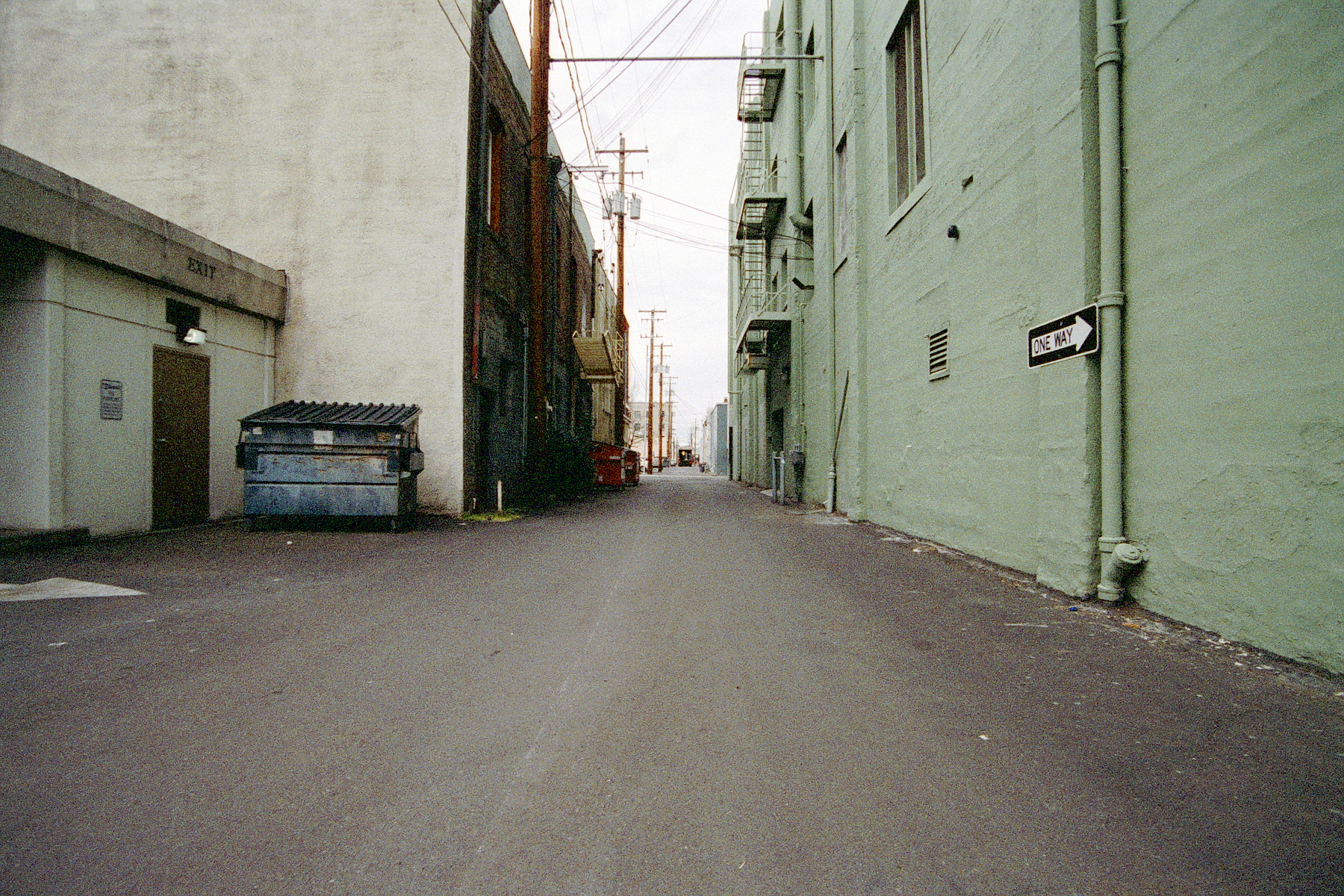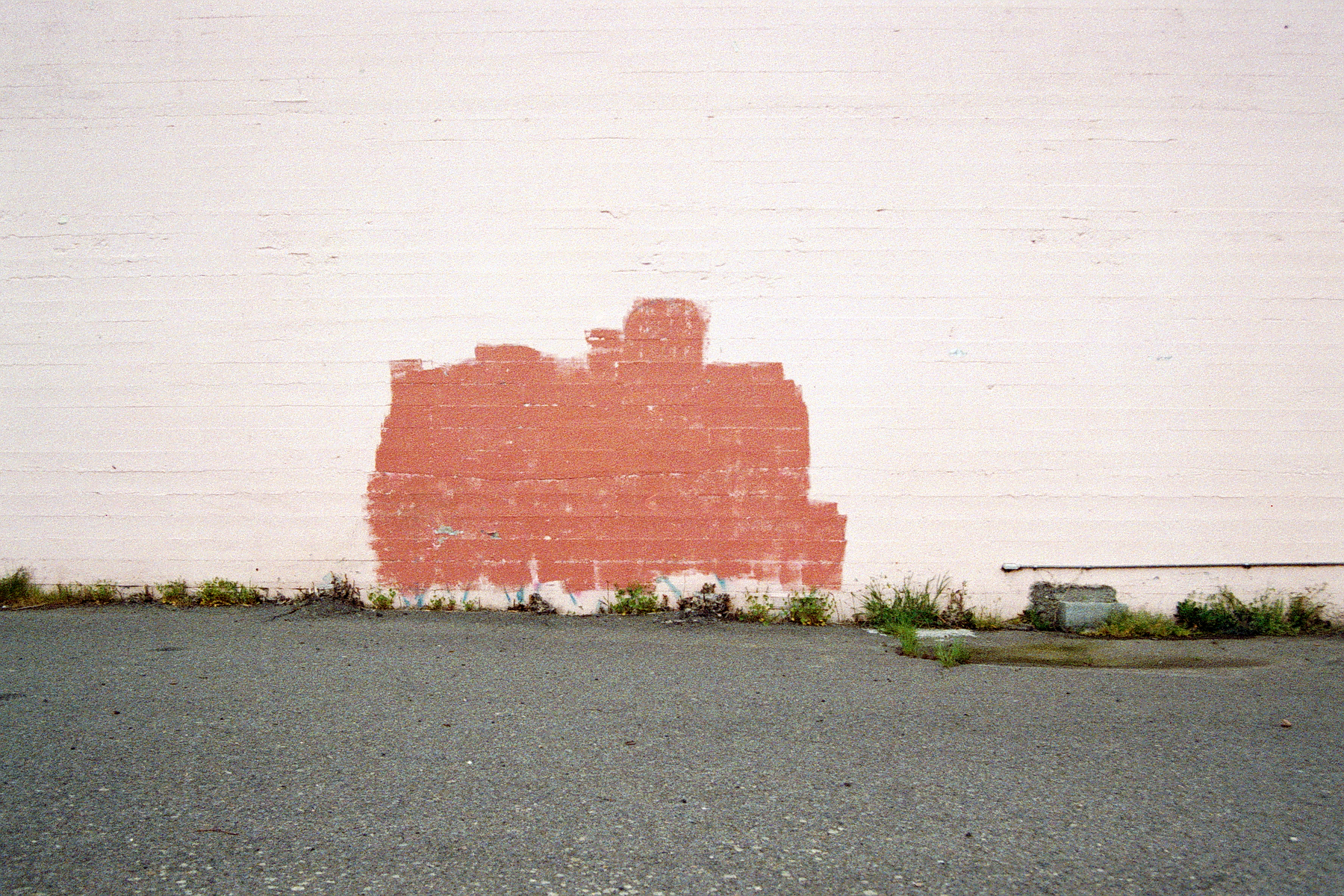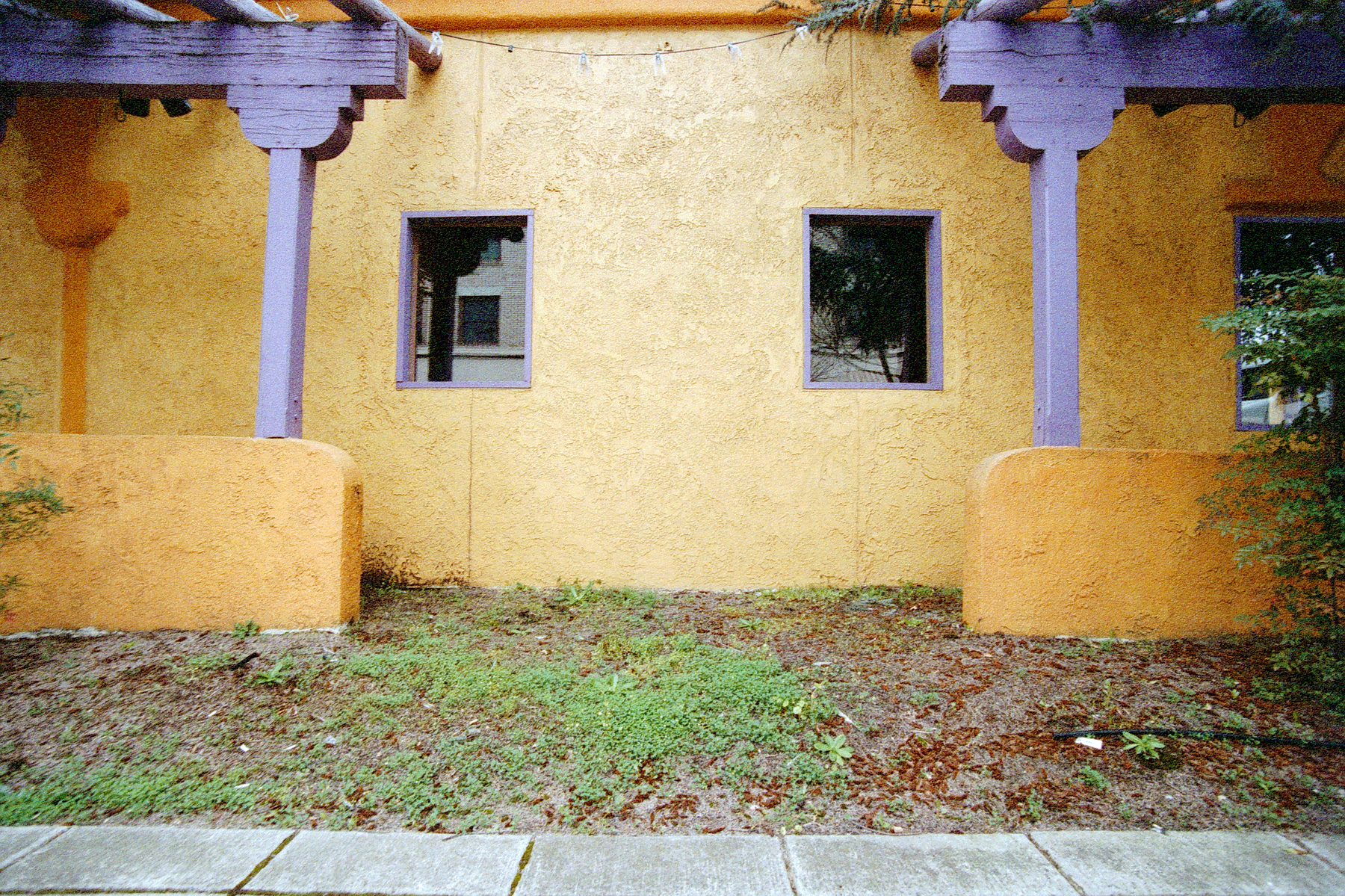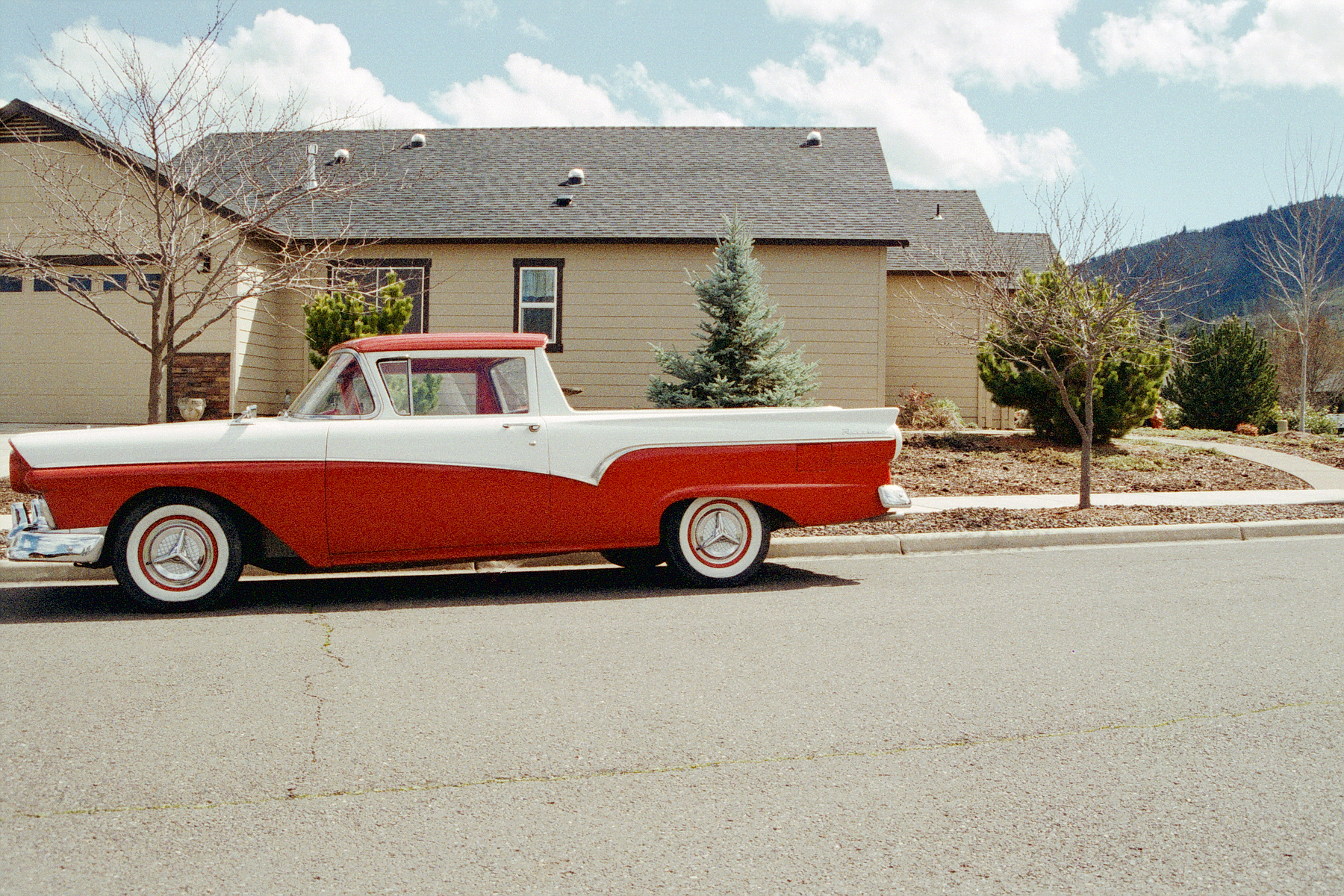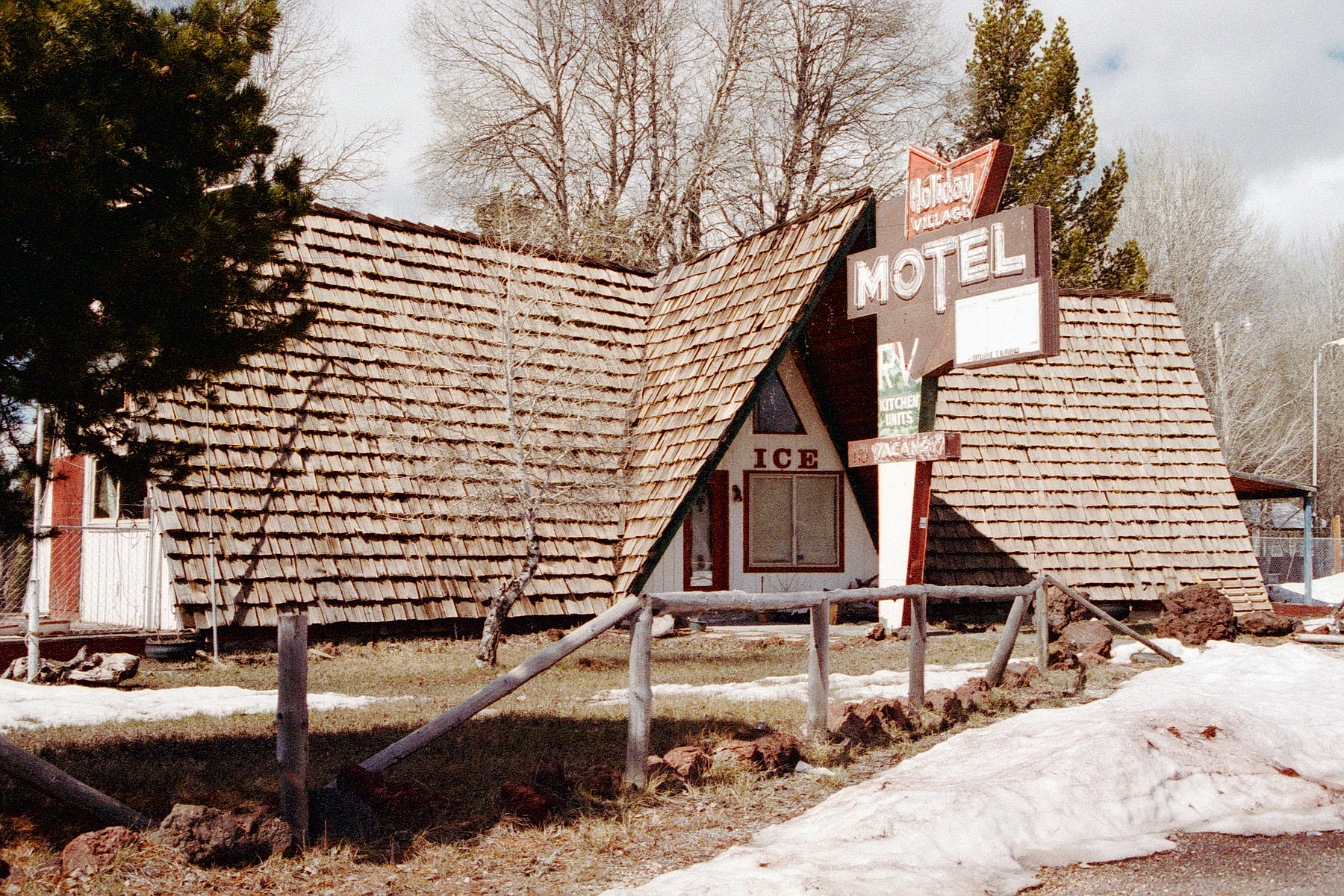About a month ago, someone on a photography forum made a post about a new limited edition film from Lomography. The post was made somewhat tongue-in-check, poking fun at Lomography's marketing strategy for this "new" film. In my mind, any news of new film is exciting news, so of course I went to Lomography's website to read more about it.
Here's what Lomography writes about the film,
"In 2010, we bought the last ever Jumbo Roll of original 400 ASA film from some renowned Italian filmmakers. Then, ever the ones to experiment, we left the film to age like fine wine in oak casks in the Czech Republic. Thankfully, our crazy instincts were rewarded — seven years later, we went back to discover that this fantastic film still produces refined colors with a beautifully unique tone. It’s one-of-a-kind Color Negative with an X-Pro feel, and we’re so excited to share it with you! There’s a only a very limited amount of this film available, so make sure you don’t miss out."
Now, I'm not too sure that film will "age like fine wine", but what really caught my attention was the bit about the "renowned Italian filmmakers". As far as I know, the only film manufacturer in Italy was the Ferrania corporation. Lomo doesn't actually state it, and I can't guarantee it, but that would lead me to believe that Lomography had acquired and were selling some older stock of Ferrania Color 400. Given that, I jumped on it and ordered 10 rolls. A few weeks ago the film arrived in the mail, and over the past week I managed to shoot the first roll, have it developed, and scanned it.
I decided to shoot the first roll at 400 ISO since it was being sold as a 400 speed film, and lately I have been on a sort of quest to try different 400 speed films. I used my recently acquired Pentax Z-1p and a couple different inexpensive Pentax zoom lenses. I shot basically the entire roll using Aperture Priority AE and no exposure compensation. I scanned it using my Epson V750-M Pro with Epson Scan, using the method on my website. I have found that how negative film is scanned can drastically affect the characteristics of that film, and I find this method the best for retaining a films particular character.
Now for the results... Lomo F² 400 is definitely an expired film. The film base doesn't seem fogged, but it is darker than fresh film typically is. This isn't necessarily bad, but it does shorten the usable range of latitude. Because of the darker base, shadow areas become less detailed, and when scanning the scanner can't really get much detail out, so shadows tend to become noisy and muddy looking. This is made worse if the film is underexposed at all. After looking at the results from my first roll, I definitely think that the film would likely perform better at 200 ISO, just to get more detail in the shadows, and to get more tonal difference from the darker film base.
One of the reasons I was interested in this film was the possibility that it was related to the old Ferrania Color films. One of defining features of that film was its intense almost overly saturated colors, so I was very interested to see if the Lomo F² 400 had a similar color palette. I think there are definite traces of those punchy colors in this film, but they are less saturated and slightly faded looking, probably from it being expired. Maybe the wine fumes?
The film is fairly grainy for a 400 speed film, especially when you compare it to Portra 400, or even Fuji Superia 400, but despite the graininess, it will still resolve fine detail. I think for some users, the graininess will be part of the charm of this film, while for others, it may be a deal breaker. Once again, shooting it at 200 will lessen the graininess a bit and make it more appealing to more users.
Overall, I like this film a lot, but I must admit that I had hoped it had faired a bit better with age. I personally believe that there is no such thing as bad film, and I applaud Lomography for bringing the film to market. I don't know if it was the possibility of the Ferrania connection, but this film seemed to have a lot of interest, and Lomography sold out of it fairly quickly. I guess we can only hope they are sitting on some ISO 100 and 200 superolls...



